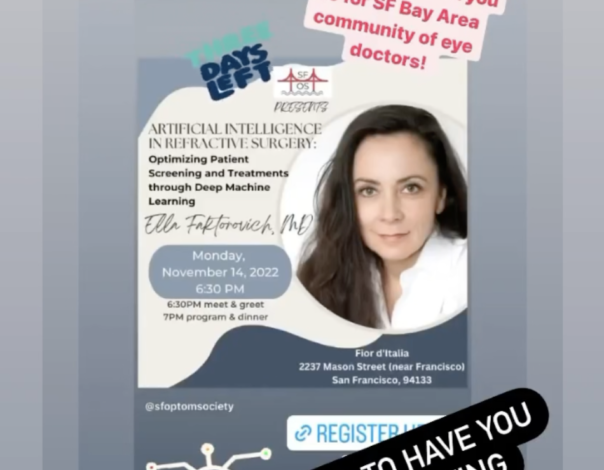In recent years, AI has become a focal point in various spheres. In the realm of surgery, real-time computer-generated feedback allows ophthalmologists to perform procedures with more accuracy and fewer complications. These computer vision tools can make LASIK and PRK procedures safer for patients.
Artificial intelligence (AI) has become an integral part of various industries, and most recently, it has been tested for use in ophthalmology, particularly with LASIK and PRK surgery. Recent data shows that real-time surgical guidance for LASIK and PRK surgery can be accomplished by using a deep learning detection network in combination with computer vision tools. Computer vision is a new AI technique that enables an automated processing system to visualize the world and react effectively.
In recent tests, a neural network was shown to be able to track the pupil and properly identify surgical phases as they were being performed. These results indicate that an AI-based surgical guidance system could potentially improve surgical accuracy in laser vision correction surgery procedures.
A revolutionary development
While AI is unlikely to ever put ophthalmologists out of work, it can definitely have a major impact on the industry. Some of the ways AI is changing eye care include the following:
- AI is allowing for better diagnostics. AI-supported devices are providing surgeons with a higher degree of objectivity and precision when analyzing medical images.
- AI is aiding doctors in getting a better understanding of the situation. New AI tools, such as the ones from Google’s DeepMind as well as other sophisticated diagnostic devices offer deeper explanations beyond a surface-level diagnosis.
- AI is allowing physicians to optimize their diagnostic acumen. AI is taking care of the more repetitive work associated with eye procedures, allotting more time to healthcare practitioners. It can also carry out more complicated tasks, such as making three-dimensional models of corneas. All of these features free up the doctors to take care of the patient.
- AI is improving diagnostics, ensuring that patients get exactly the care that they need. AI-powered technological solutions are able to detect issues such as diabetic retinopathy and glaucoma early on. Overall, they have shown to be very accurate at diagnosing illnesses, often on par with ophthalmologists.
AI is most often used in procedures of the retina and glaucoma fields. LASIK and other laser vision correction procedures are the new frontier in AI development.
What is the takeaway?
Artificial intelligence is taking the world by storm, and the world of ophthalmology is no exception. AI-based technologies are already being used for certain procedures and are currently being tested for new ones. This new development is a turning point for eye surgery, making it easier than ever for patients to undergo eye treatments and physicians to perform them.
